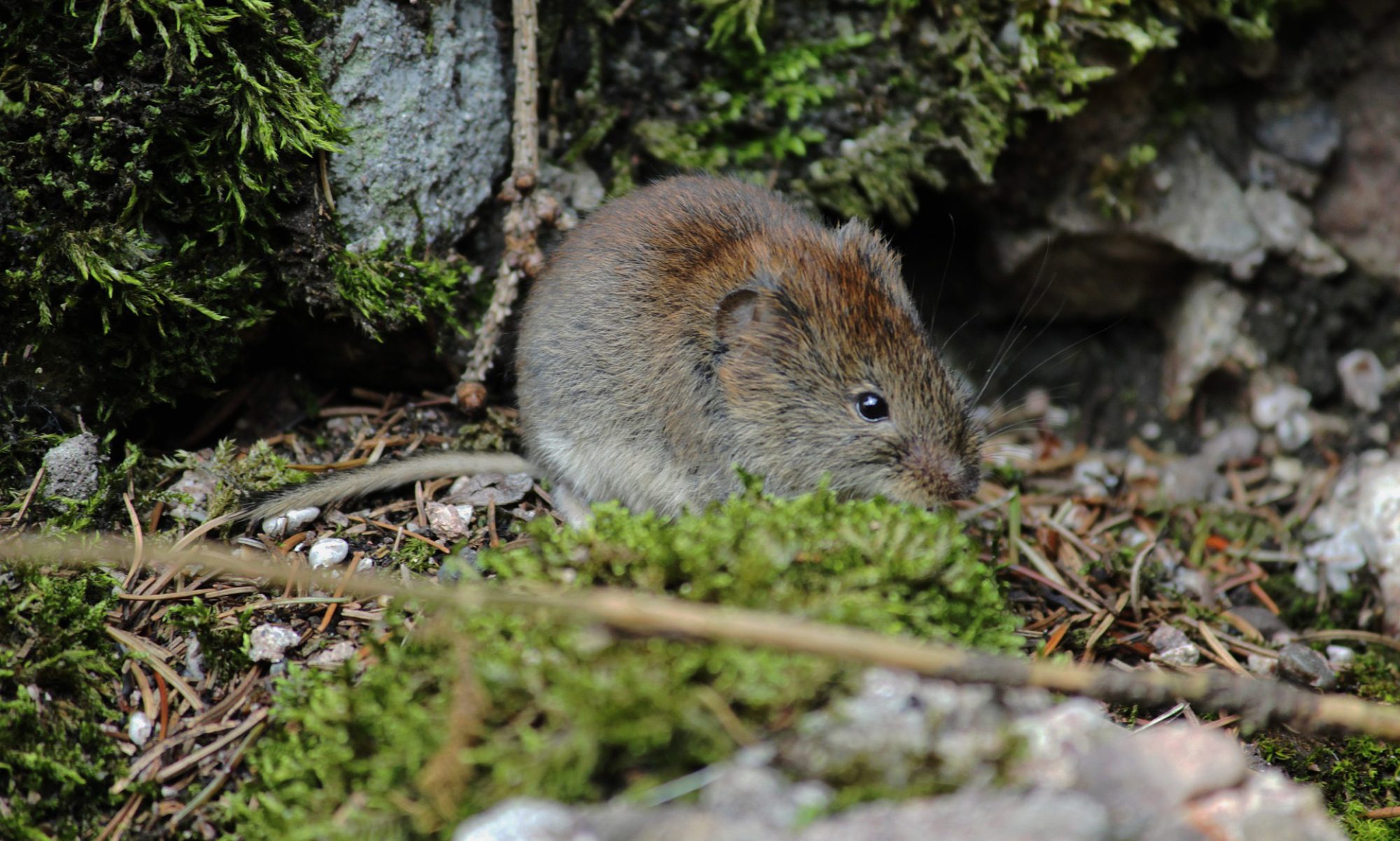In the UK we have 18 different species of bat, but in total there are approximately 1,400 spread worldwide. They can be found on every continent except Antarctica, making them runners up only to rodents when it comes to habitat diversity and number of species.
But what is a bat and why are they so special?
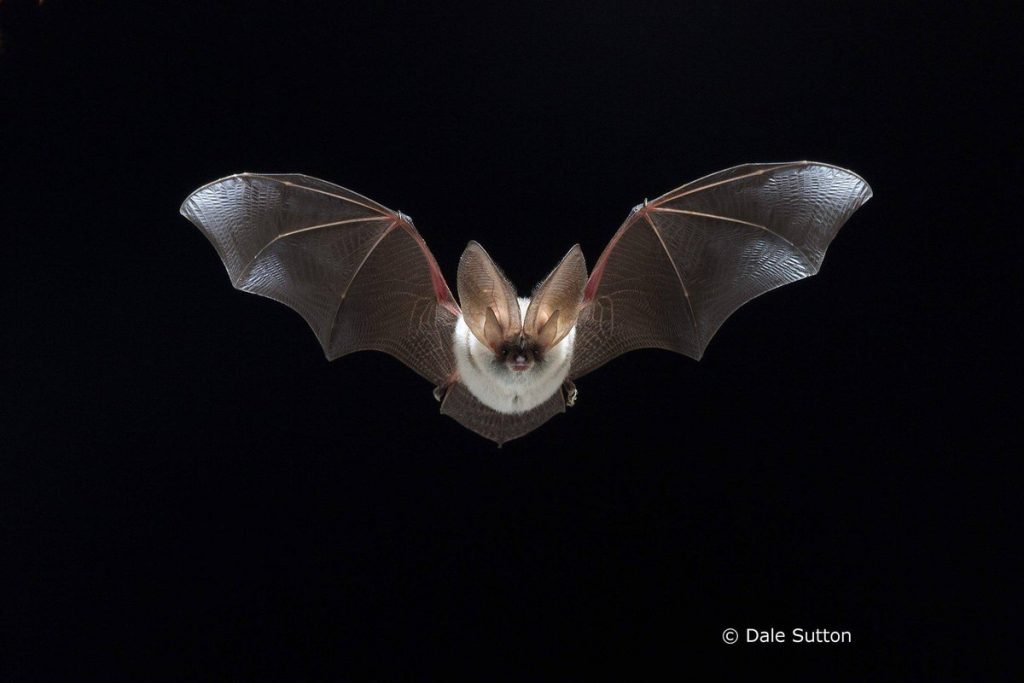
Bats are the only mammal which can truly fly, their fingers are elongated and connected to form their wings. Like all mammals, they are covered in hair and are able to generate their own body heat to help regulate their temperature. This makes them Endotherms! (they get heat from the inside, rather than the Ectotherms like reptiles who need external heat sources to keep warm!).
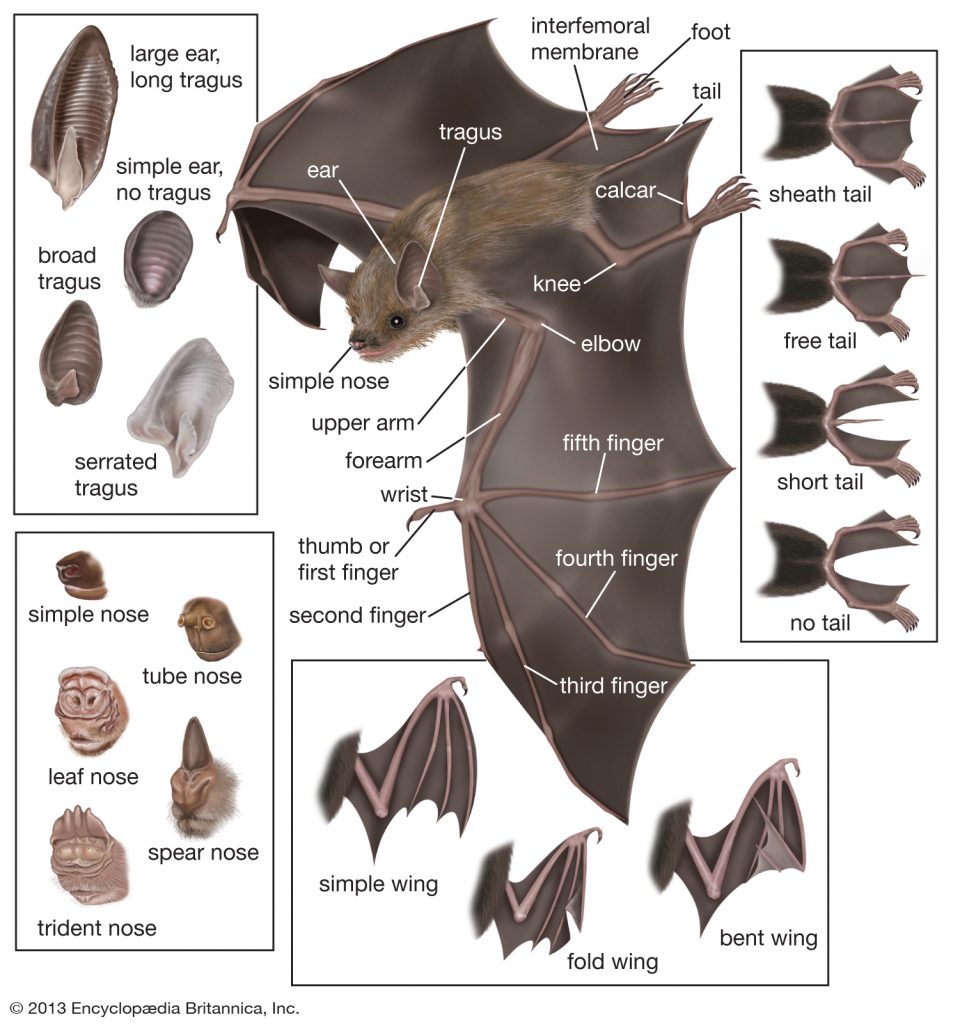
Although, unlikely other mammals, their legs are rotated so that their feet point backwards- this is what allows them to hang upside down while still clinging to their roost. They also have specially evolved locking tendons, this means that hanging upside down doesn’t cost a Bat any energy, think about how hard that would be for a human!
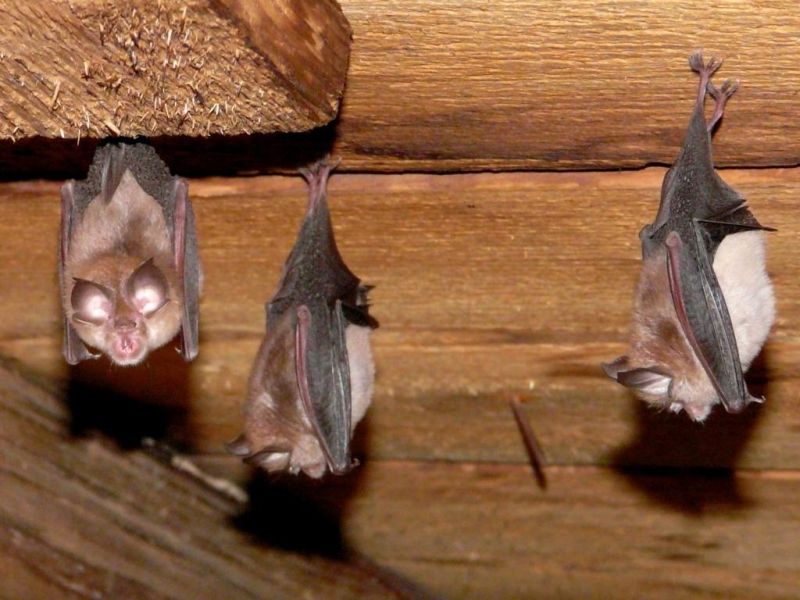
Classifying bats: the ongoing debate…
Bats make up the order Chiroptera, within the class of Mammalia, which has historically been split into Microchiroptera and Megachiroptera. (Basically, small bats and big bats!). Microchiropteran Bat species range in weight from about 2- 200 grams and usually feed on insects although some species prefer nectar! Microchiroptera usually rely on echolocation and other sounds to navigate and to locate their food, sound coupled with a great sense of smell makes them effective hunters. A single pipistrelle bat can eat up to 3,000 tiny insects in just one night, making them great at pest control!
The megachiropteran species of the warmer/ tropical areas of the world are generally much bigger but can range in weight from just 10 grams to around 1,500 grams and feed on fruit and nectar. They have much better eyesight and sense of smell and use them to find their food, rather than relying on echolocation. As these species of bats are found in more tropical areas of the world, unfortunately we don’t have any native species in the UK so your homegrown fruit is safe!
This makes the division of bat species into these two groups, however, has been debated by scientists, as ‘megachiroptera’ species, such as our two horseshoe species, do indeed echolocate for invertebrates, such as moths, beetles and mosquitoes. The research continues to find the appropriate classifications (read more…).
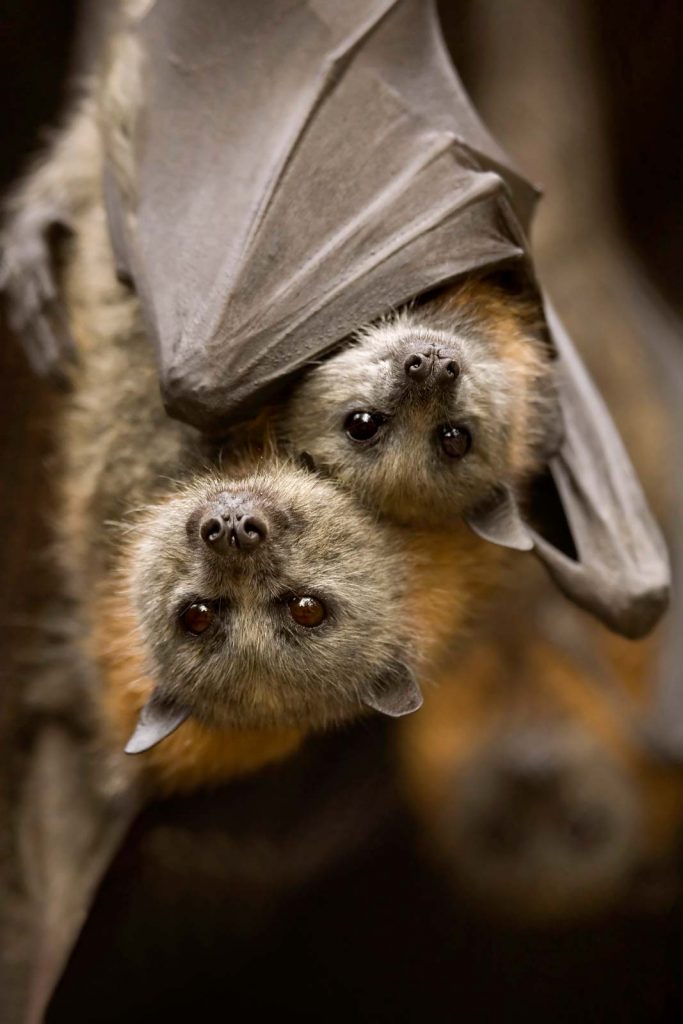
As mentioned above, some bats use echolocation to find their food and navigate, some bats also use it to communicate with each other! Echolocation is the use of small sounds to create ‘echos’ that allow the individual to create a picture of the environment they are in. For example, a bat using echolocation to navigate will make a small sound, this sound will leave the bat and then bounce back off any objects in the bat’s way, the bat hears this ‘echo’ and avoids the object. This works in a similar way to Sonar on a boat. This same process is used to locate prey too! Have a look at the video below to see how it works and listen to some calls!
Watch out for Vanessa’s blog on echolocation later in the week to find out more!
